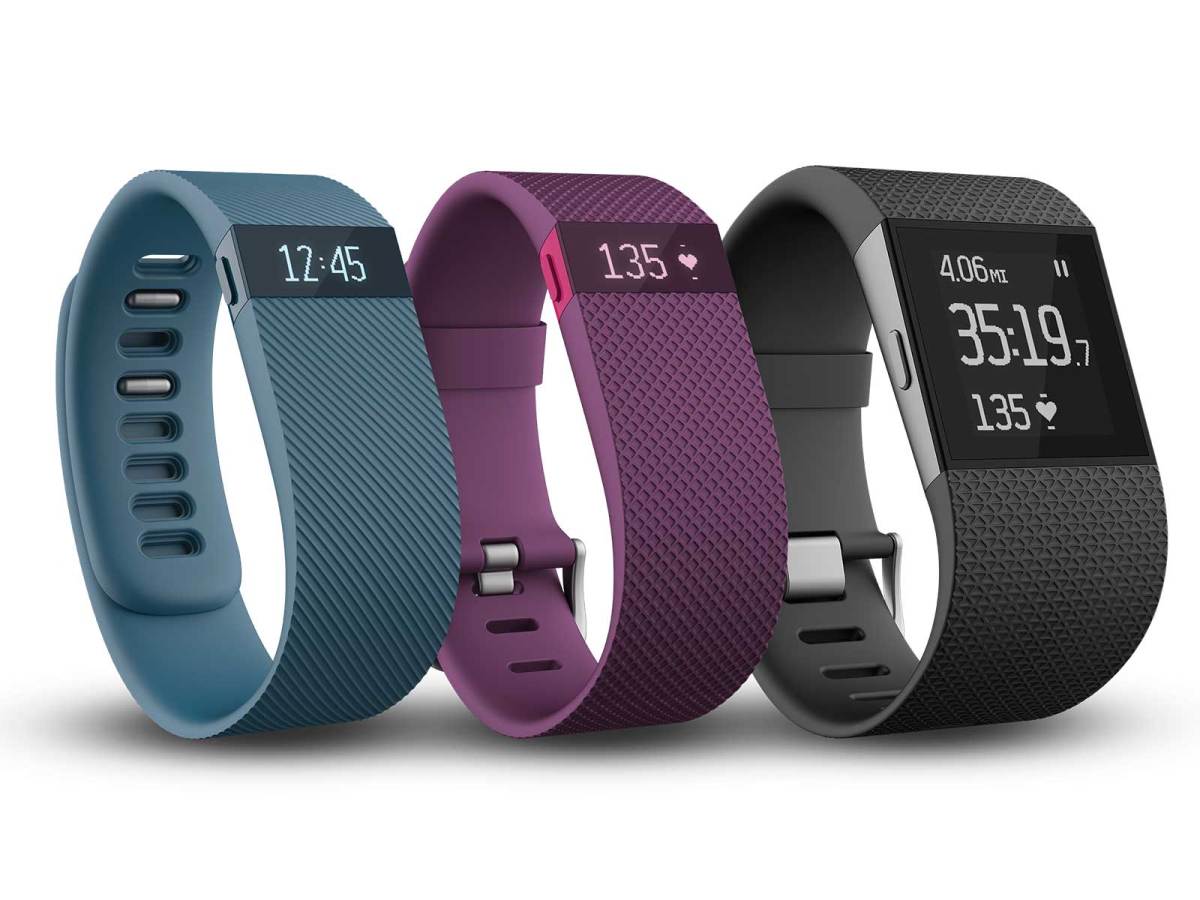Based on sales growth in the category “fad is no longer in the vocab” when it comes to talking about wearables, says Steve Morley general manager ANZ & SE Aisa for Fitbit.
“This Christmas is about winning in wearables,” he says. “Get Fitbit right and you’re 70 per cent of the way there.”
Morley is referring to numbers that show Fitbit has 70 per cent of the market share of the wearables category in the US, and says that figure is similar in the Australian market. The category — which includes smartwatches — has seen 13 new players announce new wearable products in the last 18 months.
Morley identifies a number of factors that have contributed to the brand’s success, leading consumers to become “Fitbitten” — smitten with Fitibit. Morley said the product is easy to adopt and works with any smartphone operating system: iOS, Windows or Android.
It’s also social and allows people able to share their daily fitness stats. According to Fitbit’s figures, a user’s step count goes up 27 per cent once they get their second friend inside the Fitbit app.
Further, the length of the battery life has been a major part of the products’ success, with one charge lasting a week.
Fitibit has announced a new range for summer 2014/15, with three new fitness trackers for everyday, active and performance consumers. The new products are targeted at growing the overall size of the category and maintaining Fitbit’s position in it.
“Our mission has always been to deliver innovation through exceptional, wearable design in a way that empowers consumers with greater knowledge of their overall health,” said James Park, CEO and co-founder of Fitbit.
“That being said, we understand that everyone’s approach to fitness is different. With the addition of these new products, Fitbit offers the widest variety of trackers — at affordable prices across all mobile platforms — ensuring that everyone can find the right fit for their lifestyle and their goals.”
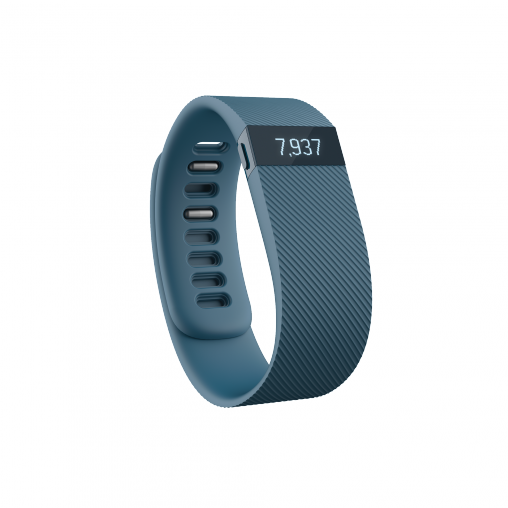
The Fitbit Charge (RRP $149) is a wristband that delivers all-day activity tracking. It displays real time fitness stats and caller ID on the wrist. Fitbit Charge is an redesigned Fitbit Force with better features, improved design and more all-day wearability. It will be available from mid-November.
For more active fitness users, there is the Fitbit Charge HR (RRP $179) which will be available in early 2015. Whereas the existing Fitbit products and the Fitibit Charge use sensors and algorithms to measure and record movement, the Charge HR has a built-in heart rate monitor, giving a more accurate reading 24/7, for users that want a full picture of their health – in and out of the gym.
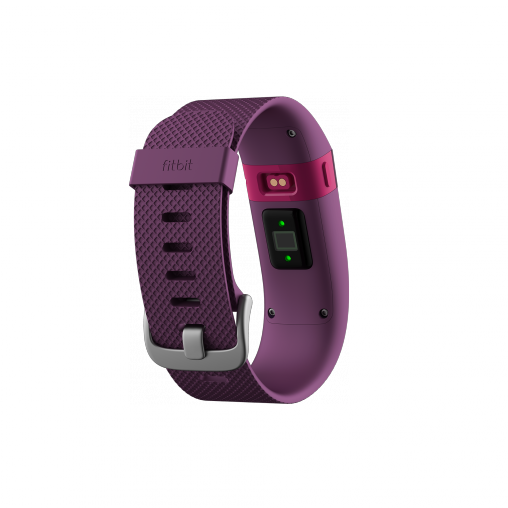
Heart rate is measured by Fitbit’s proprietary PurePulse optical heart rate technology, which uses safe LED lights to detect blood volume changes when your heart beats and applies Fitbit’s finely tuned algorithms to deliver heart rate tracking around the clock.
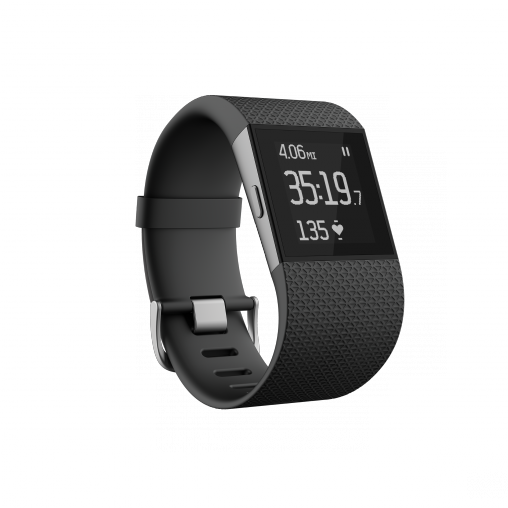
The Fitbit Surge ($299) is the brand’s most advanced product for high performance users. It provides GPS, continuous wrist-based heart rate, all-day fitness tracking, and smartwatch functionality. But it isn’t a Smartwatch, rather it has been dubbed a ‘Fitness Super Watch.’
The built-in GPS delivers stats such as pace, distance, elevation, split times, route history and workout summaries for smarter training. Smartwatch features including Caller ID, text alerts and mobile music control let users train smarter and stay focused right from the wrist.
The Backlit LCD touch screen display has customisable watch faces, makes it easy to navigate through real-time stats, workout apps and alarms. Like the other new releases it has a battery life of 7 days.
The addition of multiple products for the wrist is a new tact for the brand which has focused mainly on one wristband – the Fitbit Flex — and Fitbit devices that a clipped on to clothing rather than worn around the wrist.
Morley says that so far, the Fitbit has been a “fairly unassisted sell.” Diversifying the product line means retailers will need to qualify their Fitbit customer to find them the most suitable product. Fitbit is also investing heavily in POS displays to assist and support retailers sell in the category.
With the new range and the variety of colours and sizes there will be at least 64 Fitbit stock keeping units (SKU) for retailers to sell.
Morley said he isn’t concerned about new entrants in the category, as it is just increasing interest in the category, which he believes is a benefit to Fitbit.
One new entrant in the category is Motorola. Designed to more closely resemble a traditional watch, Motorola’s new smartwatch, the Moto 360 (RRP from $329) will be available from 31 October 2014.
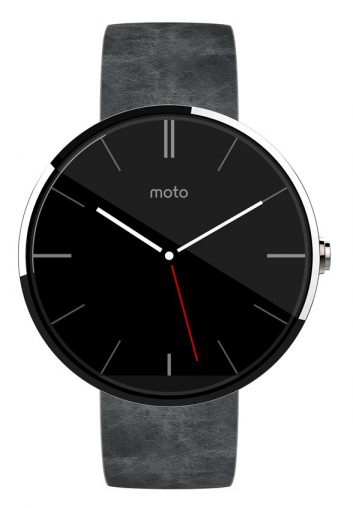
John Demezieres, account director at Motorola Mobility Australia, said this emerging category required sales staff to help consumers through the purchasing journey.
“I think the wearable is still an assisted sale. Consumers are saying ‘I wanted to see what a smartwatch is all about, I need to touch and feel’ and someone needs to articulate what the consumer will be spending the money on.
“My first thought is to make sure it is in the outlets — the mass, electronics stores — Harvey Norman, Dick Smith, The Good Guys, JB Hi-Fi, for example.”
Are wearables a fad?
“I don’t believe it will be and I don’t think the industry does; the category is exploding. You go to an outlet like Dick Smith — it has the Pebble brand exclusively — it has full bays where you can find a whole array of smartwatches in different price categories.”
Sony’s managing director Peter McKeon also recently spoke to Appliance Retailer about the wearables boom.
“Australia is becoming more and more fitness-conscious. If you look at the TV shows on at the moment, there are a lot about losing weight, getting fit and living longer. We’ve gone from a cooking phenomenon on TV, through renovations and now it’s more about health. It’s a market that needs products.”
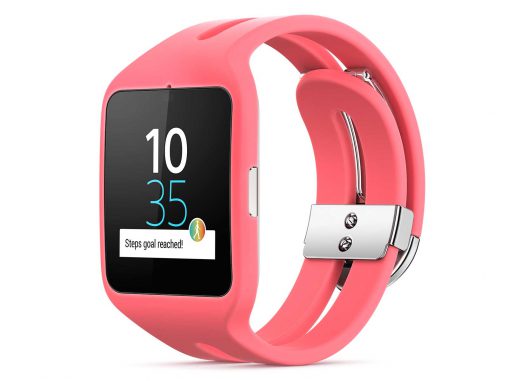
Sony SmartWatch 3 has 4GB of storage, so it can be used as a standalone MP3 player with Bluetooth headphones, in addition to receiving notifications, using fitness applications and telling the time.
“Gartner predicts the wearables category will be worth $5 billion by 2016 and the announcement of our competitor’s watch (the Apple Smart Watch) for next year — they believe there is a substantial market — and we think that too,” McKeon said.

